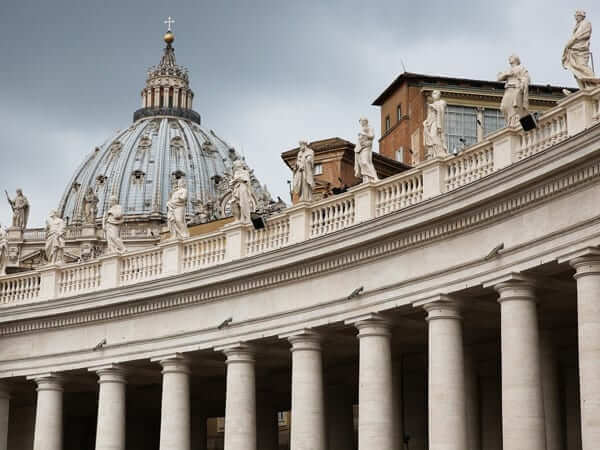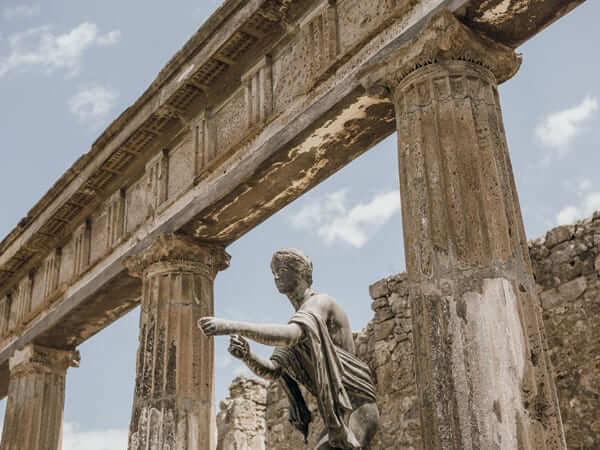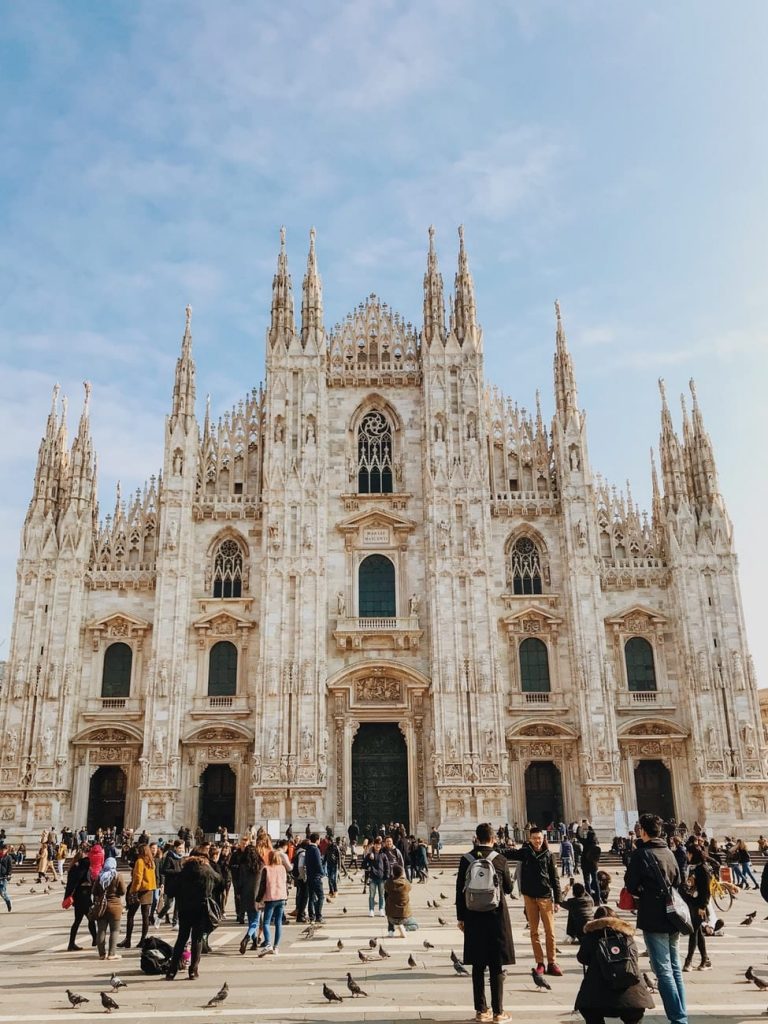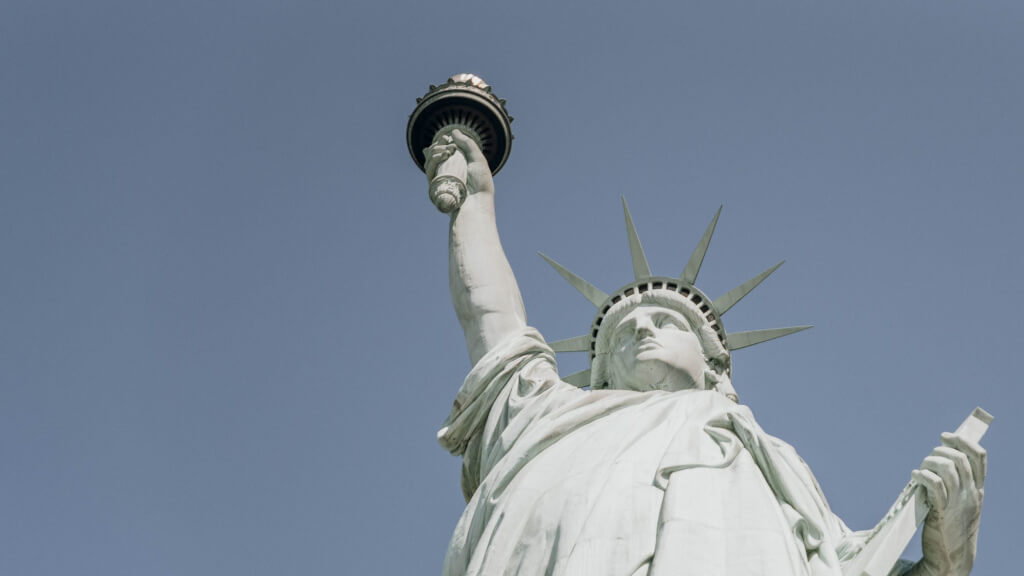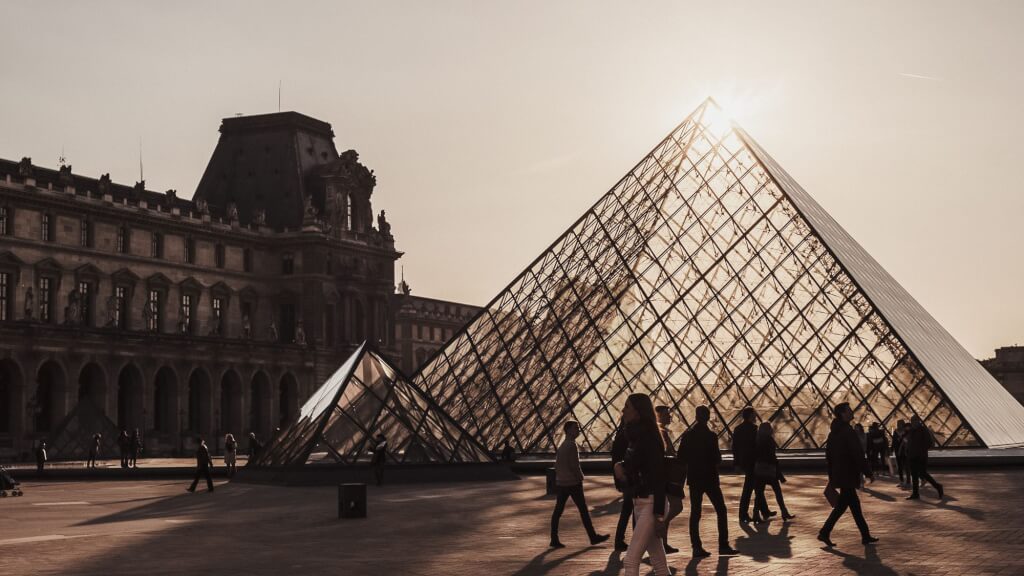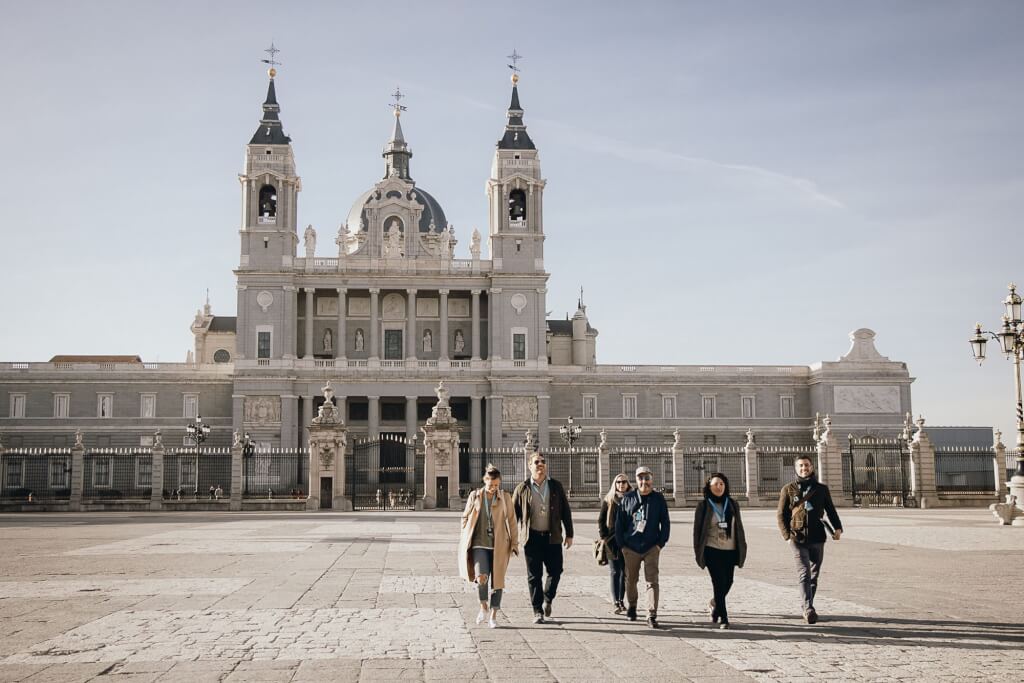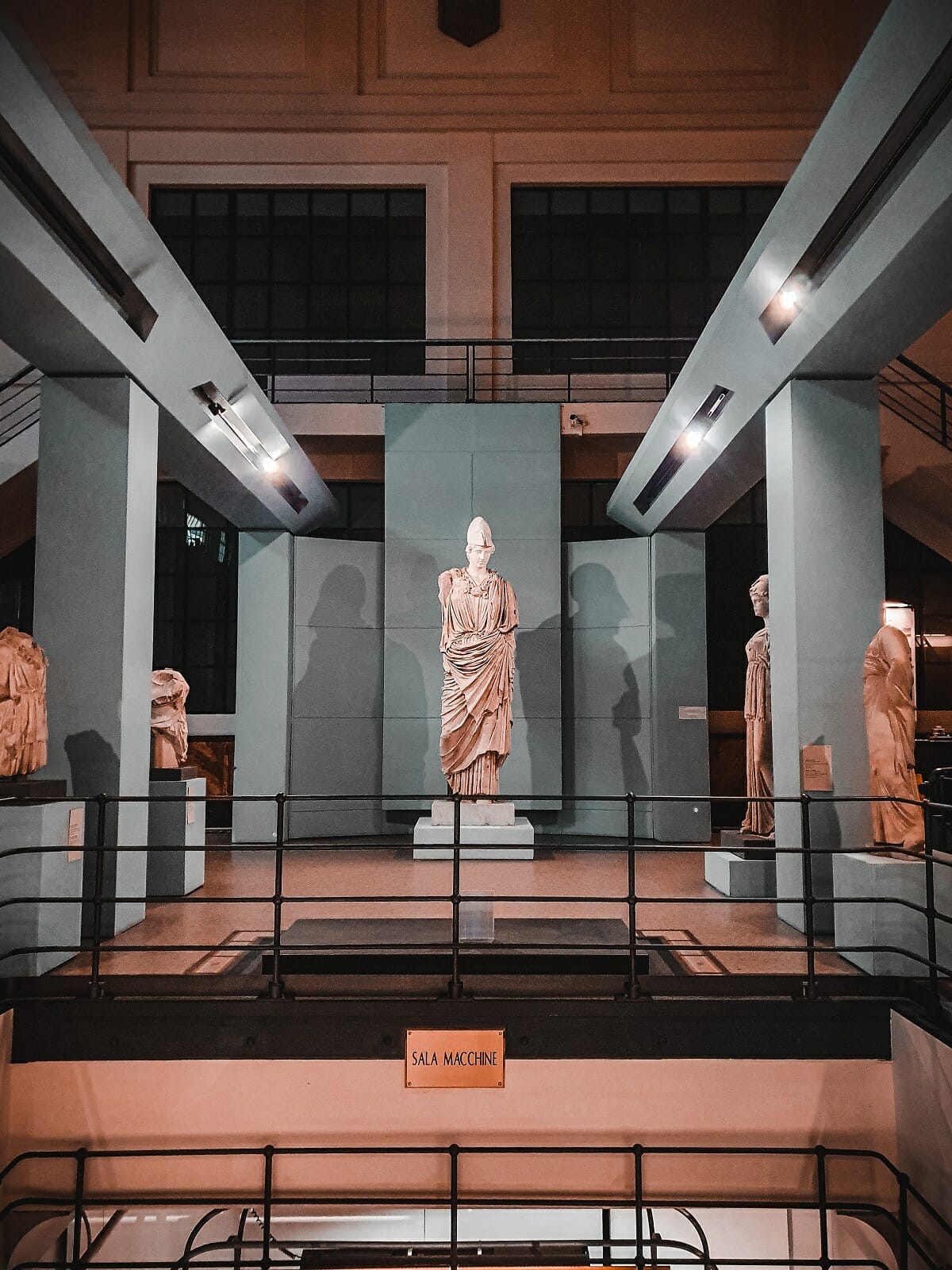
With hundreds of museums in the Eternal City, you’ll never lack options for a rainy day. But if you’ve already visited the Vatican, the Capitoline, and Borghese museums, the next step is to head to a museum that’s slightly off the radar. Why not check out the Centrale Montemartini on your next trip to Rome?

Statues at the Centrale Montemartini museum in Rome. Photo credit: Matteo Basile
Table of Contents
ToggleWhat is the Centrale Montemartini Museum?
Centrale Montemartini is a unique museum where you can admire the beauty of the ancient sculpture, juxtaposed against the early 1900’s industrial equipment. While this might seem quite strange, it does offer a unique experience.
Visitors often enjoy the opportunity to consider the beauty of an ancient age, compared to what might be regarded as the beauty of a new age.
If you ever find yourself dozing off a bit in museums dedicated to ancient art (no judgment, the style isn’t everyone’s cup of tea!) Then you might want to give Centrale Montemartini a try, you’ll be surprised how intriguing a change of environment can be.
A visit to Centrale Montemartini gives you a peek into the Capitoline Museum’s extensive collection of Roman works while taking you back in time to explore the thermo-electric plant that once powered the city.
History of Centrale Montemartini
When considering the history of the Centrale Montemartini, there are actually two histories to tell: that of the Capitoline Museums, and that of the thermo-electric plant where the museum is located. Rome’s Capitoline Museums are one of the oldest museums in the world. The original location of the museum is Piazza Campidoglio, where you can visit the main buildings of the museum.
The collection itself was founded in 1471 when Pope Sixtus IV donated a series of bronze statues dedicated to the “people of Rome.” However, it was not officially a public museum until 1734.
Today, the collection has grown to include sculptures, paintings, and other artifacts all closely tied to the history of Rome. In Centrale Montemartini you’ll primarily find sculptures and mosaics.
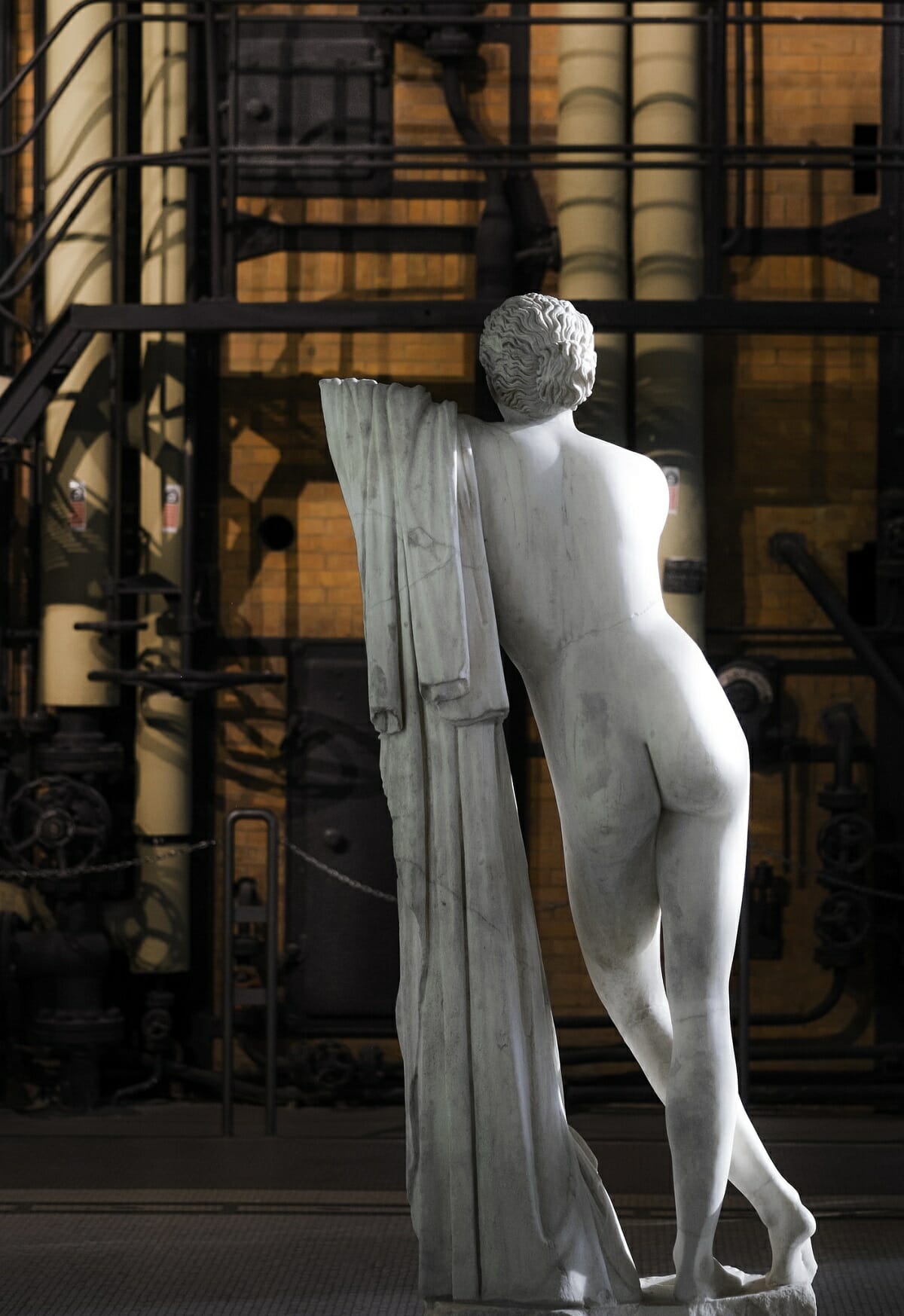
This unique Rome art museum has statues, mosaics, and other pieces of art. Photo credit: Fred Bigio
The history of the location
Centrale Montemartini was originally an ACEA thermo-electric plant, which opened first in 1912. It was the first municipal power plant that helped provide power to a good portion of the city of Rome.
The name comes from the plant’s councilor, Giovanni Montemartini, who unfortunately died one year after opening.
Given the rapid transformation of the industry at the time, the plant was only functioning until 1963, when it was then closed down. Afterward, the space was virtually abandoned until 1997, when Rome’s administration restored it. Offering the space as a new exhibition area to the Capitoline Museum. Finally, they were able to bring to light some of their collection that had long been in storage.
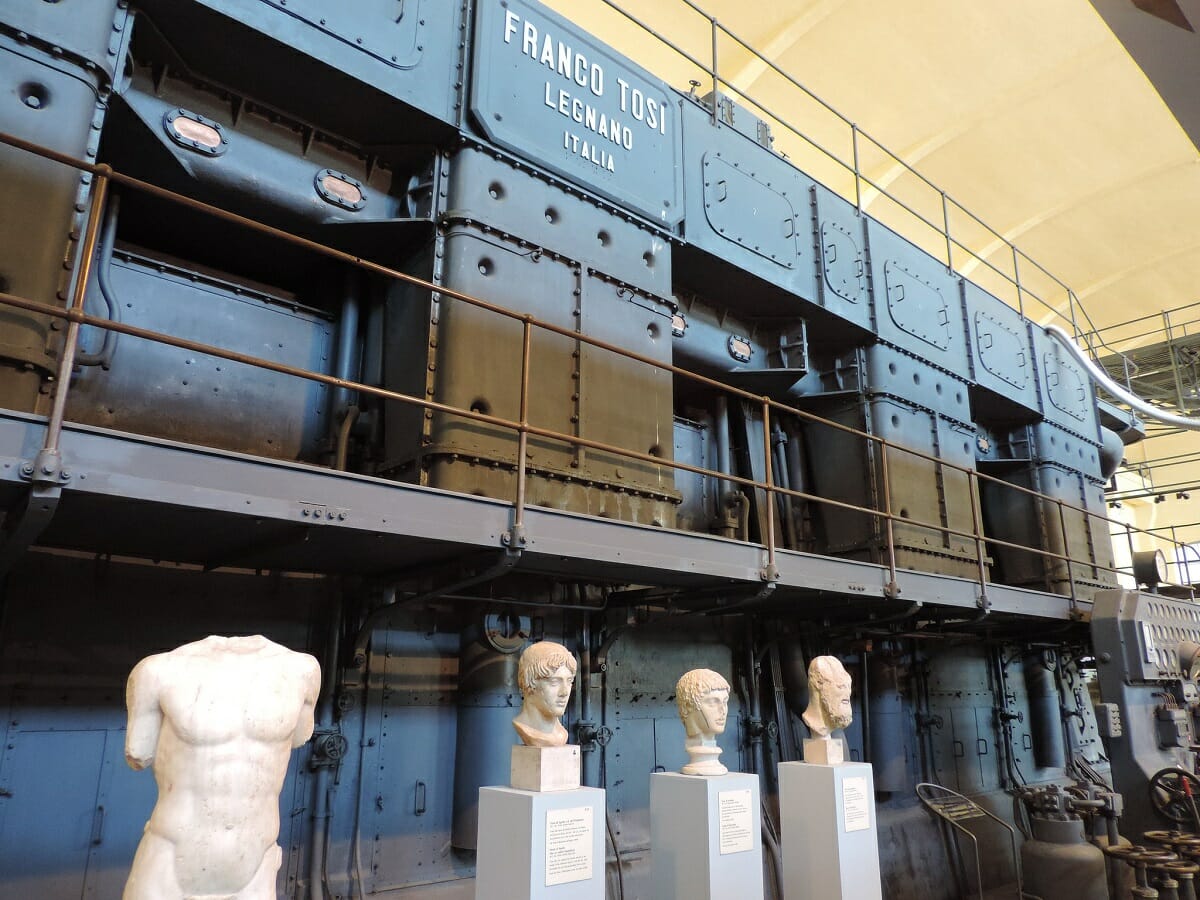
The old power plant creates an unusual backdrop for the artwork at Rome’s Centrale Montemartini museum. Photo credit: Truque da Banana
The Collection
Centrale Montemartini includes a collection based primarily on ancient sculptures, sarcophagi, and mosaics. These works come from an excavation in the 1800s, and another in the 1930s.
While there is the permanent collection, occasionally the museum organizes temporary exhibitions as well to showcase works on loan or bring some of their very own pieces out of storage.
Museum highlights
In the first hall, you’ll mainly come face to face with pieces of the Roman Republic period, uncovered at a Necropolis of the Esquiline Hill. Today you might recognize this area between Termini and Santa Maria Maggiore.
You shouldn’t miss two pieces in this first hall: the Togato Barberini and the sarcophagus of Crepereia Tryphaena. The Togato Barberini is a first-century sculpture of a Roman senator holding busts of two of his previously deceased relatives. We can tell the one on the left, symbolized by a palm tree, was once a general. Some claim it is a depiction of Brutus (the same one infamous for stabbing Caesar), however, there really is not much to support this.
The Sarcophagus of Crepereia is quite a find. It is that of a young woman, about 18-20 years old. The relief on the sarcophagus shows her on her deathbed and those watching over her. Her tomb was found intact and she was dressed in elegant jewels, buried with a particular doll.
Next, you’ll enter the Sala Macchina on the first floor. Here you will witness the grand engines of the ACEA plant, as a background to a series of statues discovered through excavations in central Rome.
While there isn’t necessarily one piece that stands out, take your time in this hall, it’s incredible to soak in the collection in such a peculiar location.
The last room to visit in the Centrale Montemartini is the Sala Caldaie. Here you’ll find sculptures and mosaics that once adorned personal houses of wealthy Romans. Most of these were also found in the Esquiline area of Rome. One highlight to admire is the gorgeously intact mosaic that once decorated a private garden. It depicts a hunting scene with elaborate representations of different animals. Another interesting piece is a statue of Marsyas, a Greek Satyr who is shown being punished after losing a competition to the god Apollo.
Overall, the collection is fairly small, so while there are some great highlights, be sure to take your time and enjoy it all.
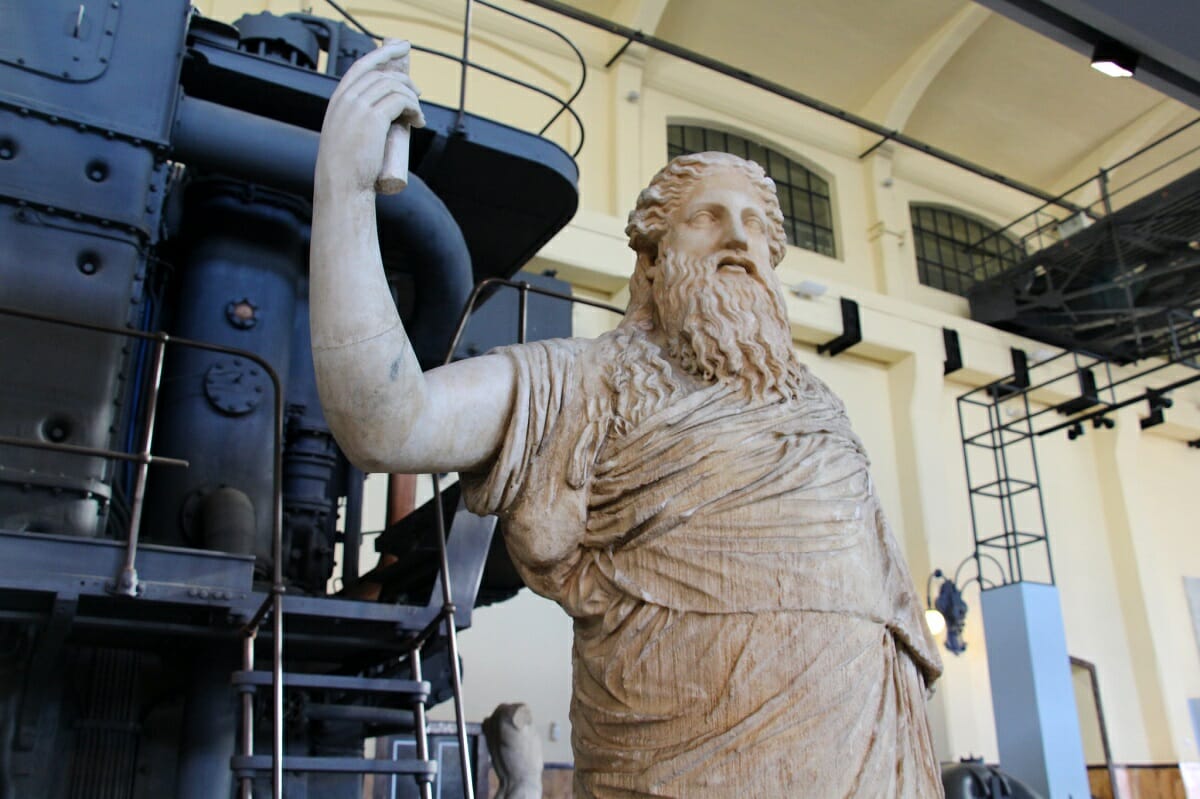
The statues at Centrale Montemartini are juxtaposed with an incredibly industrial setting. Photo credit: Fred Romero
Visiting Centrale Montemartini: Practical Info
Getting to the museum
The Centrale Montemartini is located in the area of Ostiense in Rome. You can easily reach it with a short walk from either the Garbatella or Piramide metro station. As well as the Ostiense train station if you take a local train.
Otherwise, the closest bus stop is “Ostiense (Prefettura)” and is connected by Bus 23 and 769.
Opening times
Plan on visiting Centrale Montemartini from Tuesday to Sunday between the hours of 9 AM and 7 PM. The last entrance is allowed one hour before closing.
On both the 24th and 31st of December, due to the holidays, the museum closes at 2 PM. The museum is also closed on January 1, May 1, and December 25.
Tickets to the museum
A full entrance ticket, which includes admission to any temporary exhibition running will cost 10€ when bought on site. Alternatively, if there is no additional exhibition, admission is only 7.50€.
While we often tell visitors to book in advance, the Centrale Montemartini is luckily a bit quieter and therefore you can buy your tickets on the spot.
If you prefer to book in advance, you can do so here, but know there is a 1€ fee for the reservation.
If you haven’t already, and are planning a visit also the main Capitoline Museums you might want to opt for the Capitolini Card. This card offers 7-day access to the museums and exhibitions. It costs 16€ if you buy it at the ticket office, and 17€ if you buy it online in advance.
Guided tours
While there is some information about the art on-site, if you’d like to understand it further in-depth, you might want to consider booking a guide. The museum does offer guided tours in multiple languages, however, you do need to book in advance by calling 060608.
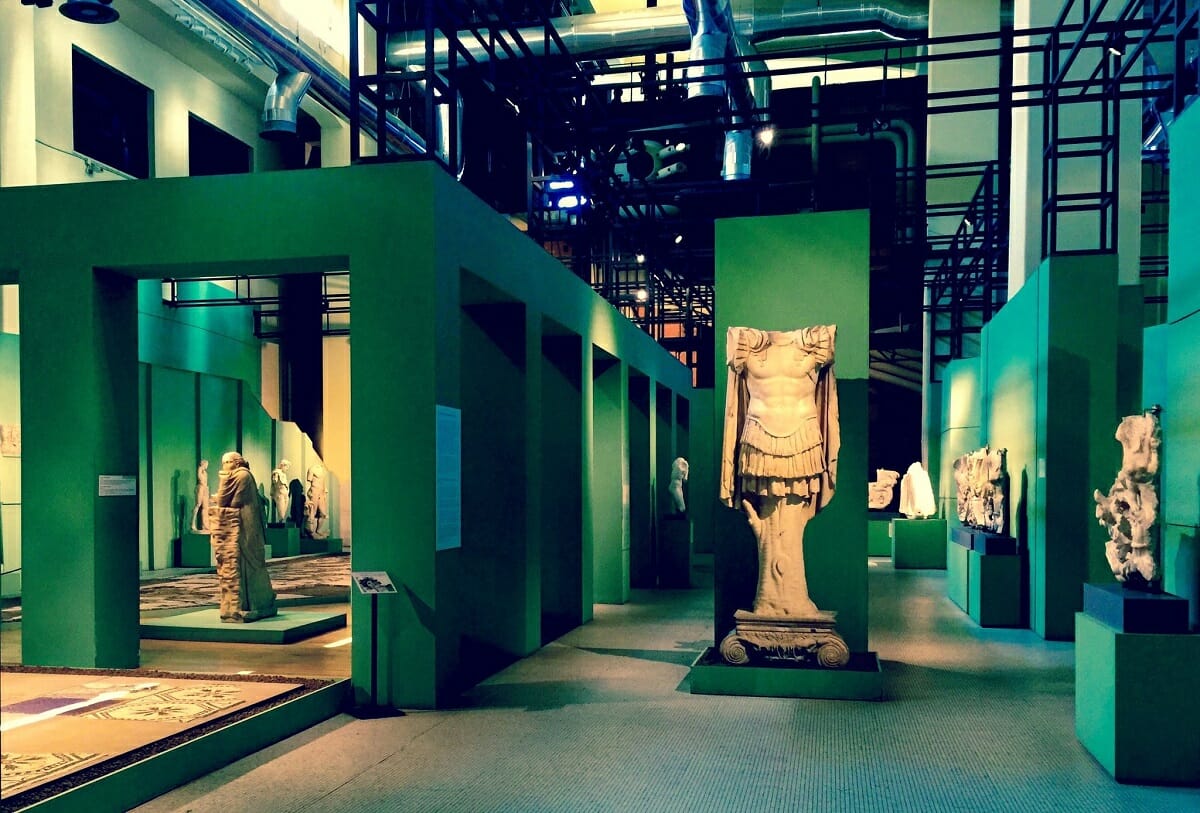
Archaeology and industrial archaeology make for a museum of interesting and unexpected contrasts. Photo credit: Sarah E. Bond
Where to eat near Centrale Montemartini
Unfortunately, there is no bar or cafe on site, and in fact, refreshments are not allowed into the museum. But the good news is that you are in one of the best culinary corners of Rome.
Once you are done with your visit you can swing over to the world’s largest Eataly, located by the Ostiense station. Inside you’ll find multiple cafes and restaurants highlighting their excellent products.
Trattoria Pennestri (Via Giovanni Da Empoli, 5) is also a great option if you’re looking for some Roman comfort food such as carbonara, cacio e pepe, or amatriciana. But they also have a few unique surprises on the menu as well.
by Evelyn Hill
View more by Evelyn ›Book a Tour
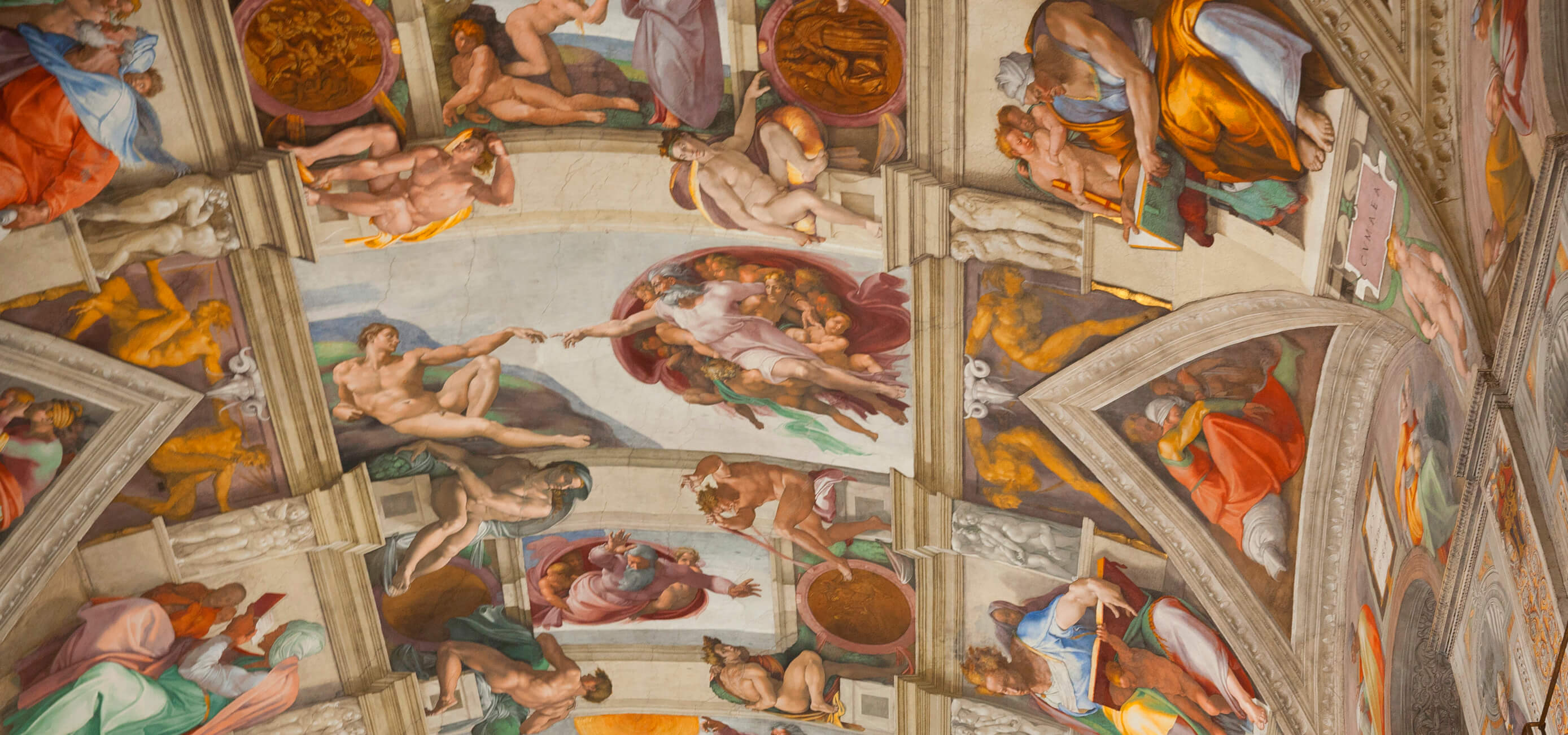
Pristine Sistine - The Chapel at its Best
€89
1794 reviews
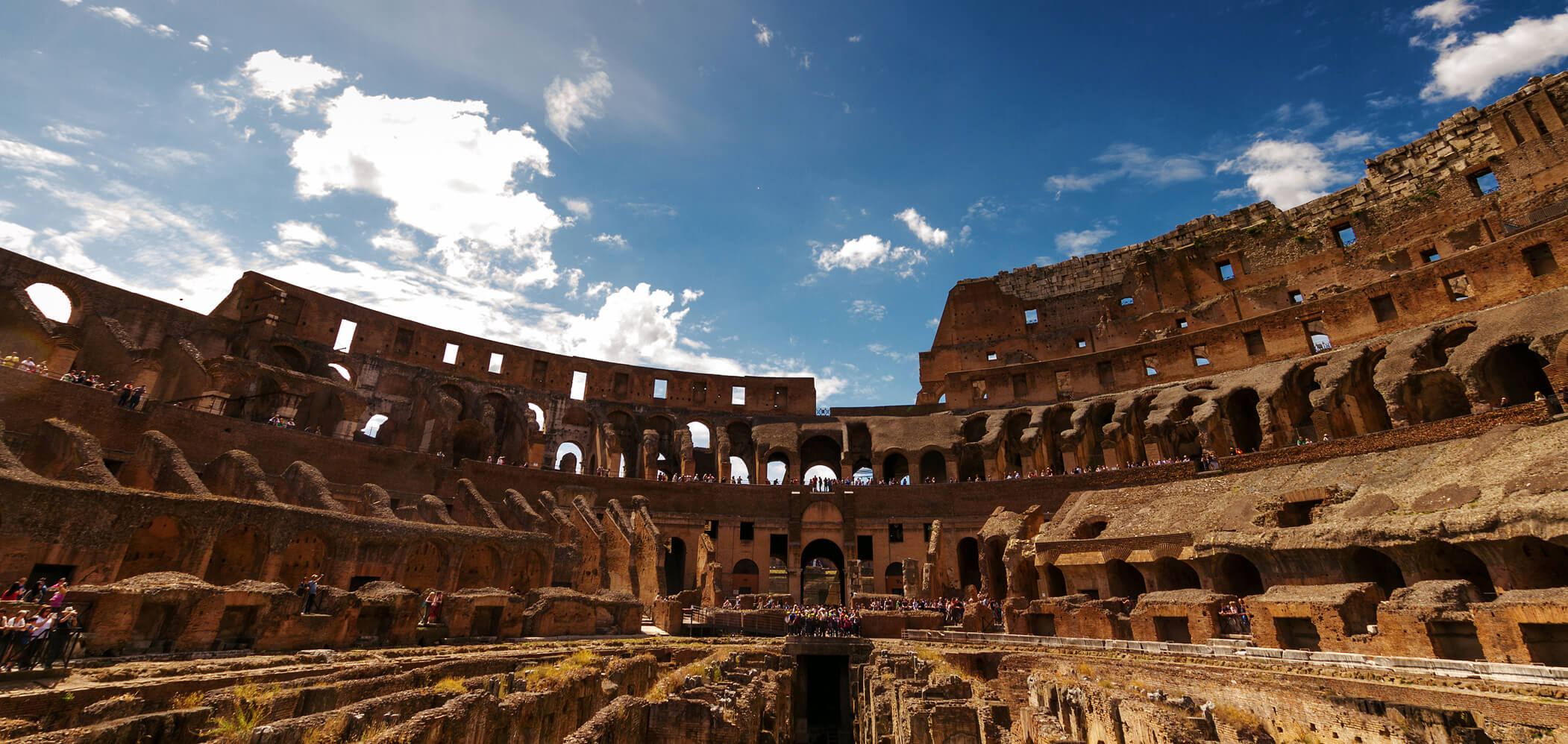
Premium Colosseum Tour with Roman Forum Palatine Hill
€56
850 reviews
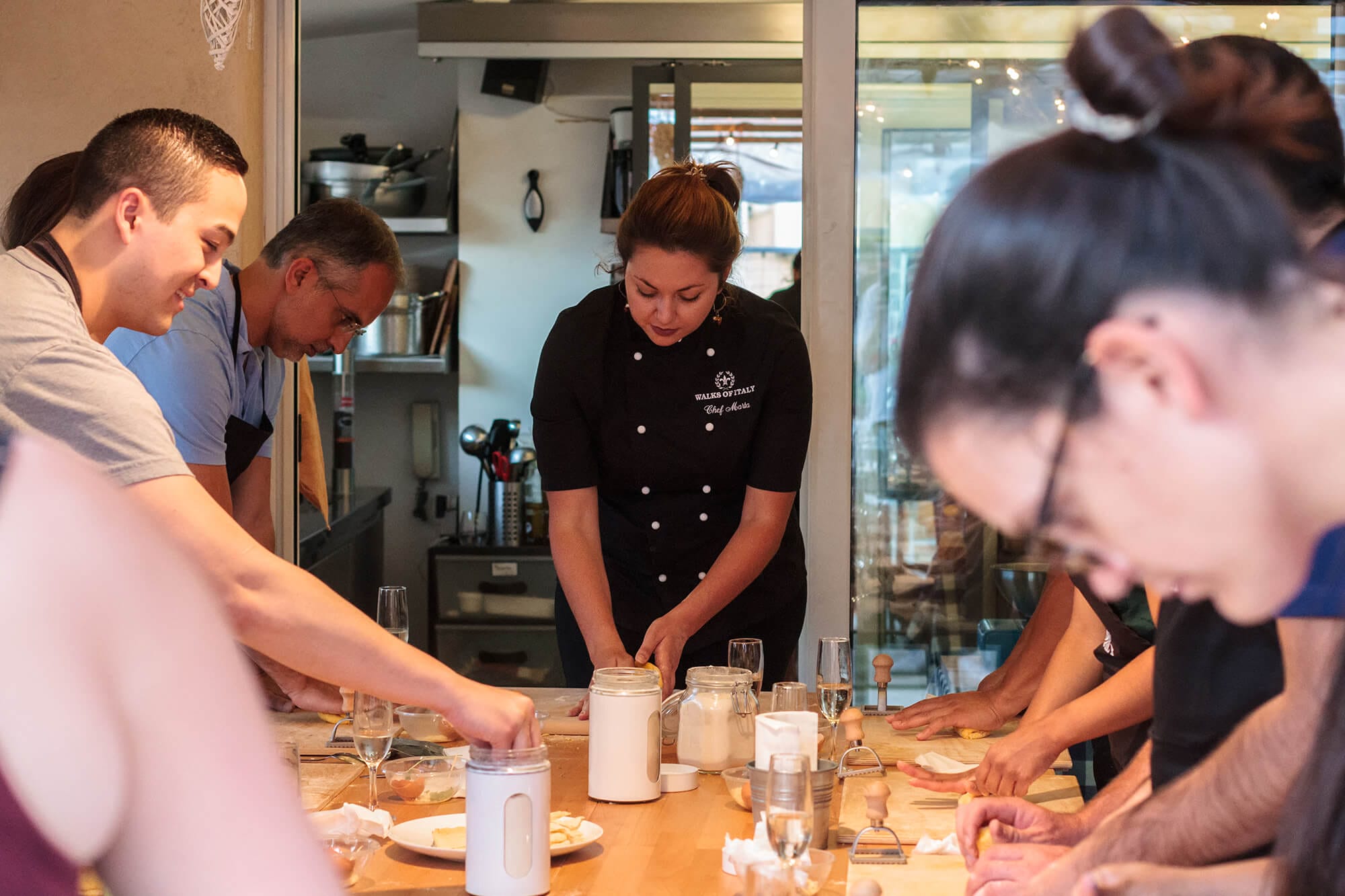
Pasta-Making Class: Cook, Dine Drink Wine with a Local Chef
€64
121 reviews
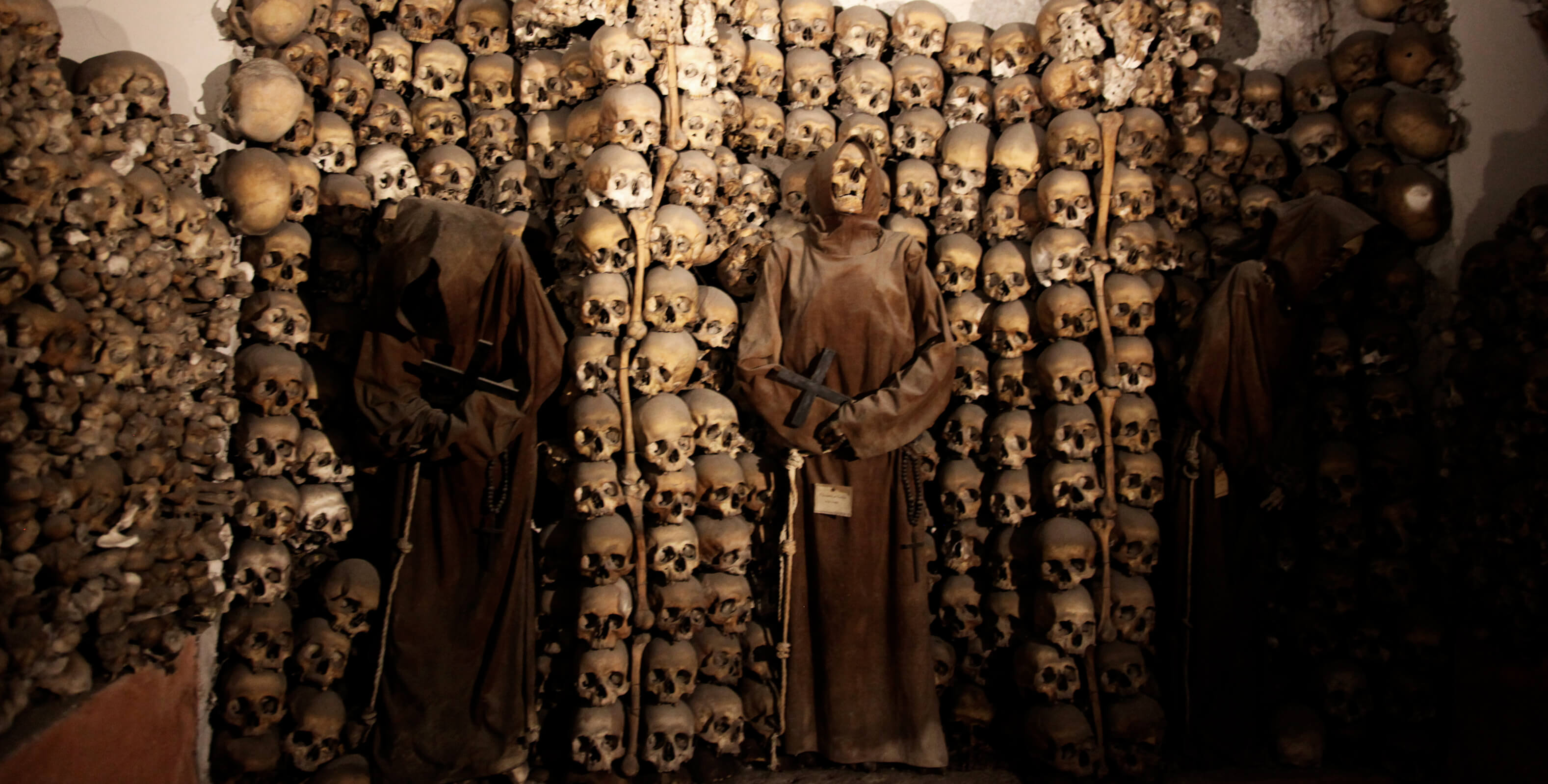
Crypts, Bones Catacombs: Underground Tour of Rome
€69
401 reviews
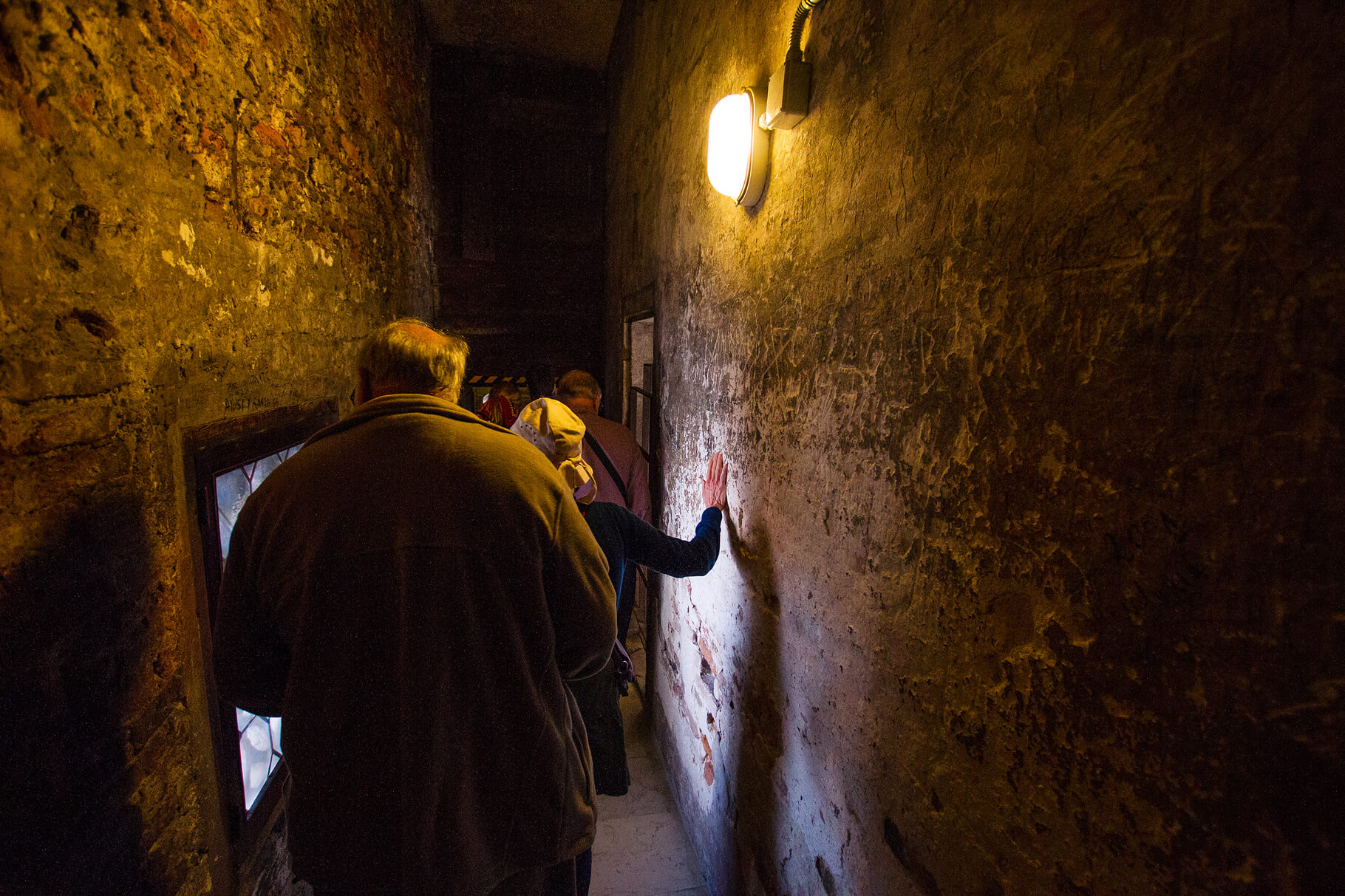
VIP Doge's Palace Secret Passages Tour
€79
18 reviews
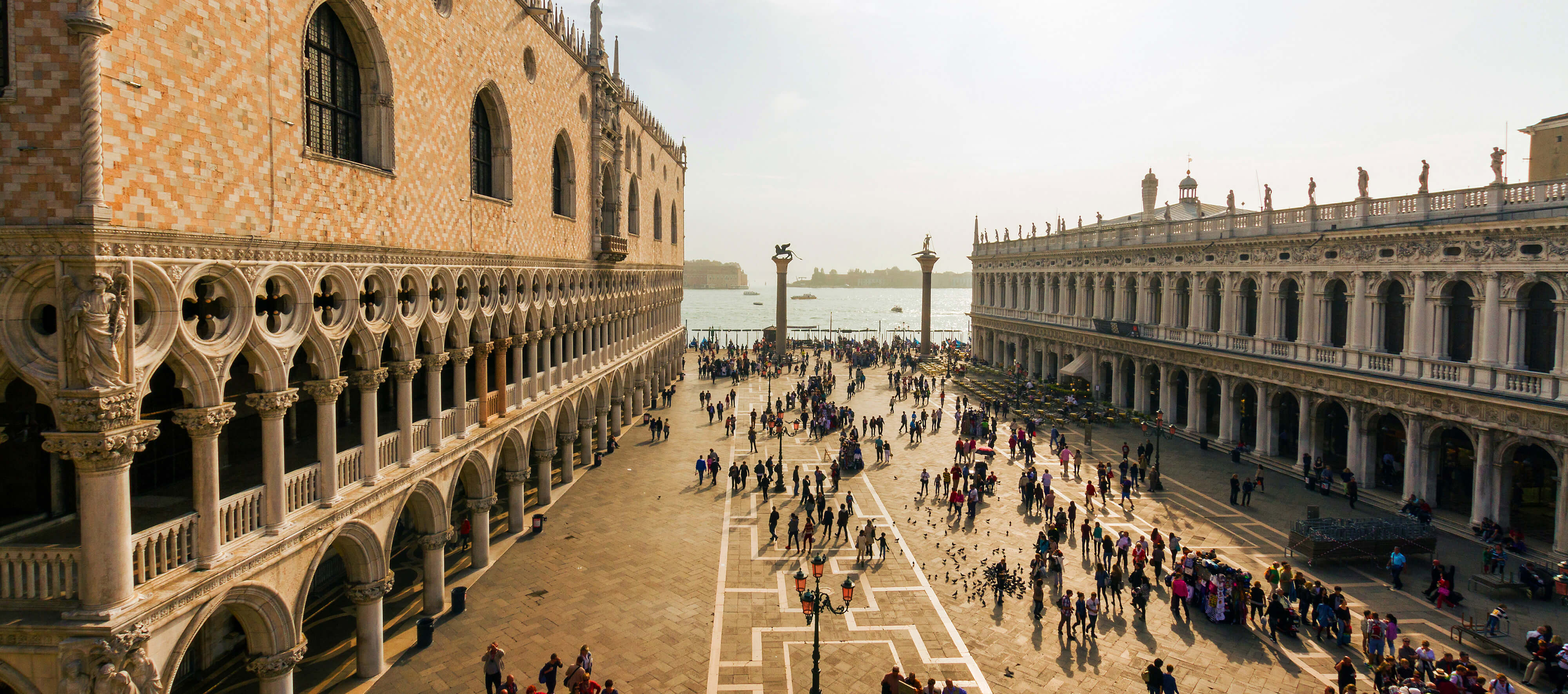
Legendary Venice: St. Mark's Basilica, Terrace Doge's Palace
€69
286 reviews

